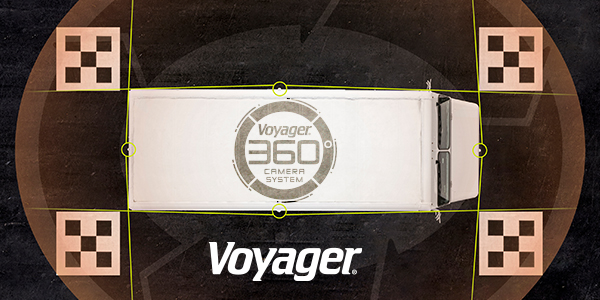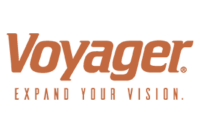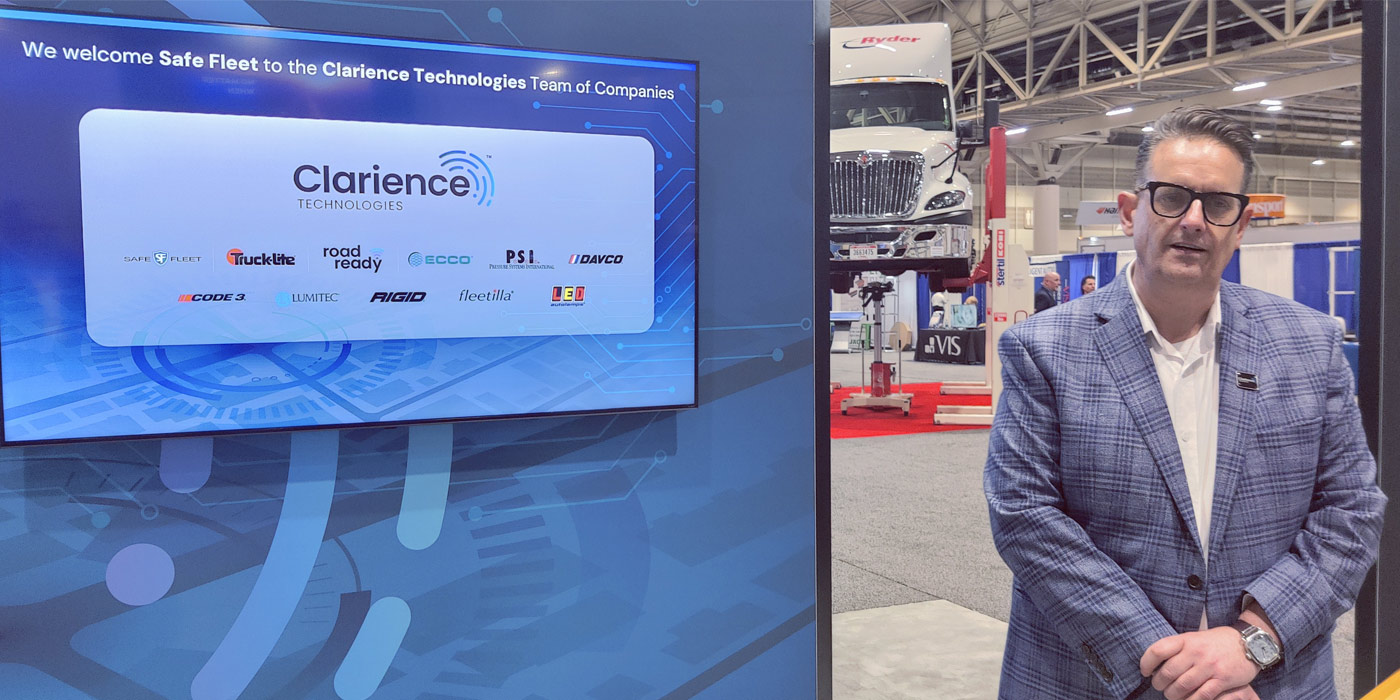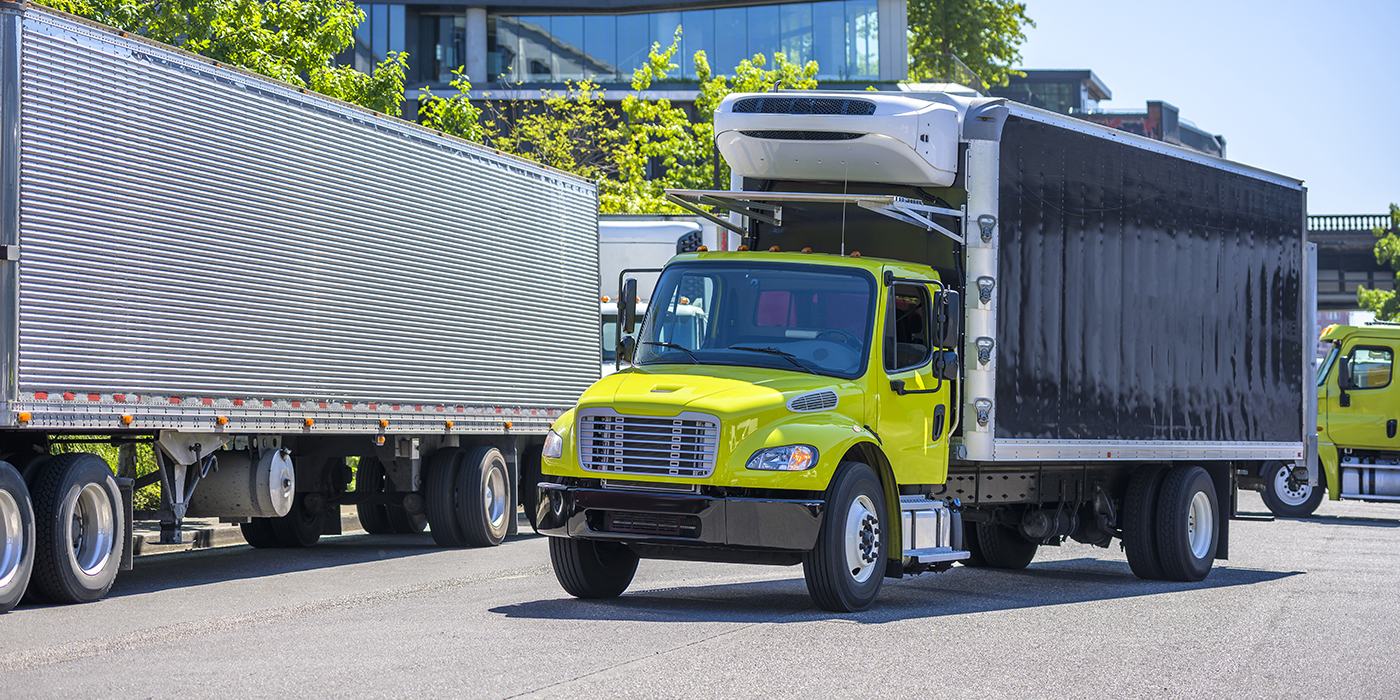It has been almost two years since the National Highway Traffic Safety Administration (NHTSA) updated FMVSS 111 to make back up cameras mandatory on all passenger vehicles weighing less than 10,000 pounds. But the history and evolution of automotive observation is much longer. General Motors was the first to debut a back up camera as a concept all the way back in 1956. It was a full-sized television camera, mounted in the trunk of a Buick Centurion, that transmitted directly to a television set on the dashboard. This system, while not all that different from the ones we use today, did not catch on.
In fact, it would take the rest of the century before Nissan would make back up cameras widely available in the United States with the 2000 Infiniti. The automotive industry understood, decades before the government did, that installing camera systems on vehicles would make them safer. In this same way, the commercial trucking market has embraced observation by installing systems on larger vehicles that have larger blind spots but are not covered by the NHTSA mandate.
ASA Electronics® was an early innovator of rear camera systems for the commercial truck market. The Elkhart, Indiana-based company developed their first wired camera system in 1987. In 1997, they literally made a name for themselves and started selling their back up cameras and monitors under the Voyager® brand. Since then, the Voyager product line has been adopted by some of the largest fleets in the world and has evolved to include side body cameras, forward-facing cameras, and more.
ASA Electronics recognized the need for a system that would combine the benefits of all these camera offerings and improve upon them. They developed the first Voyager 360-degree Camera System in 2017. The system took the images from four cameras and used them to create one seamless picture, eliminating all vehicle blind spots to help prevent costly accidents. But, like the first back up cameras, there was room to improve.
The new Voyager Auto-calibrating 360-degree Camera System was the next step in the evolution, taking feedback from customers to create calibration profiles for the vehicles they were working with the most frequently. The new system uses advanced software to automatically combine the images from four cameras to create a seamless panoramic view around the entire vehicle. The revolutionary system was designed to simplify the installation process, with current software support for four common vehicle types: walk-in vans, busses, semi-trailers, and heavy duty vehicles. By streamlining the process, fleet up-fitters will be able to install the Voyager Auto-calibrating 360-degree Camera System in a shorter amount of time than its predecessor, making the technology available to more drivers.
Making the technology easier to install makes it more accessible to fleets that may not have the time or staff to individually calibrate each vehicle. Eliminating vehicle blind spots and giving drivers the full picture of their surroundings decreases accident risk which in turn reduces insurance premiums for a safer and more economical fleet.
This article was sponsored by Voyager. For more information, please visit our website at www.voyagercameras.com















